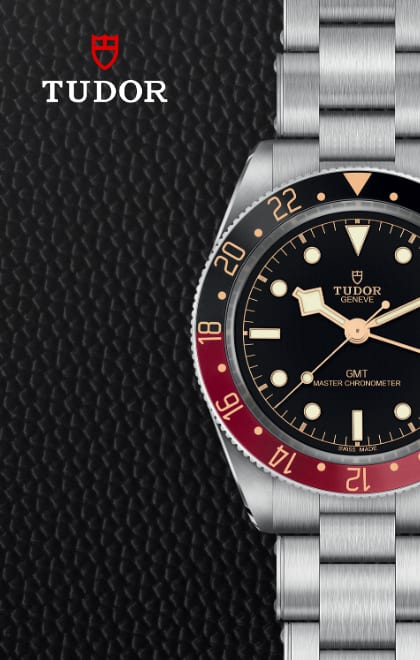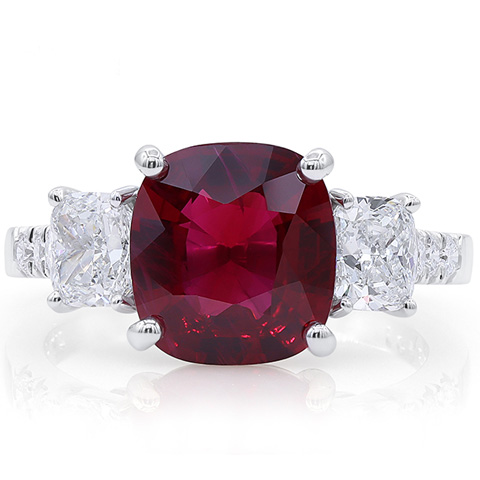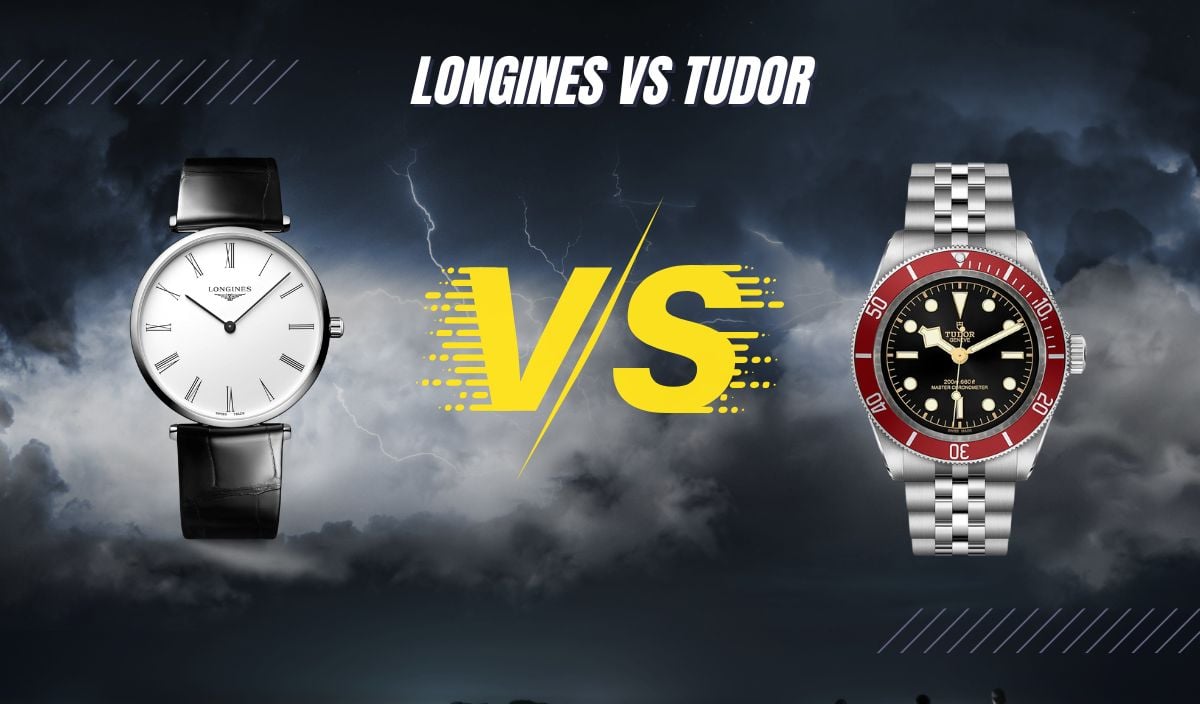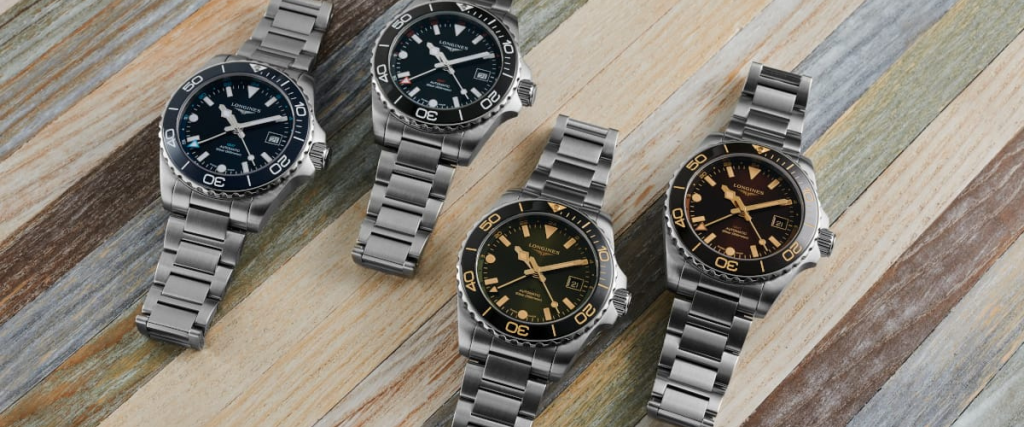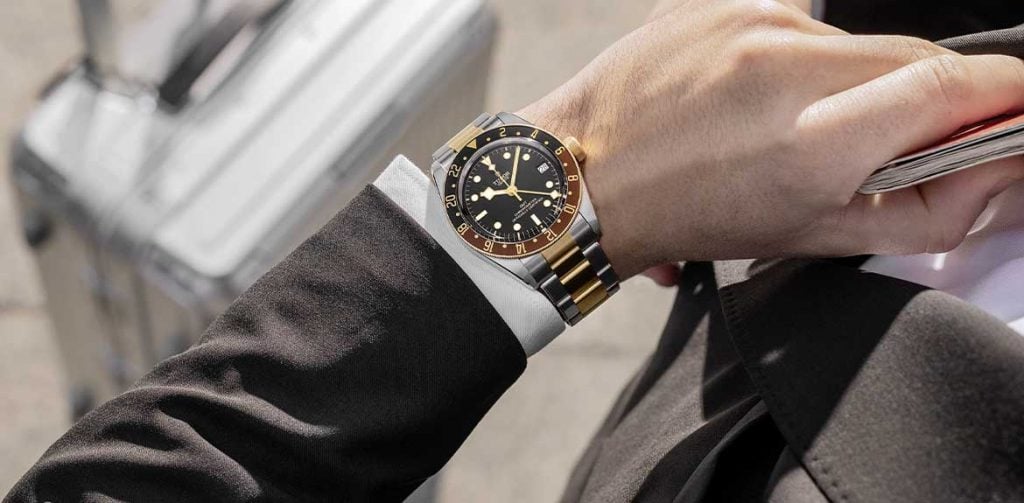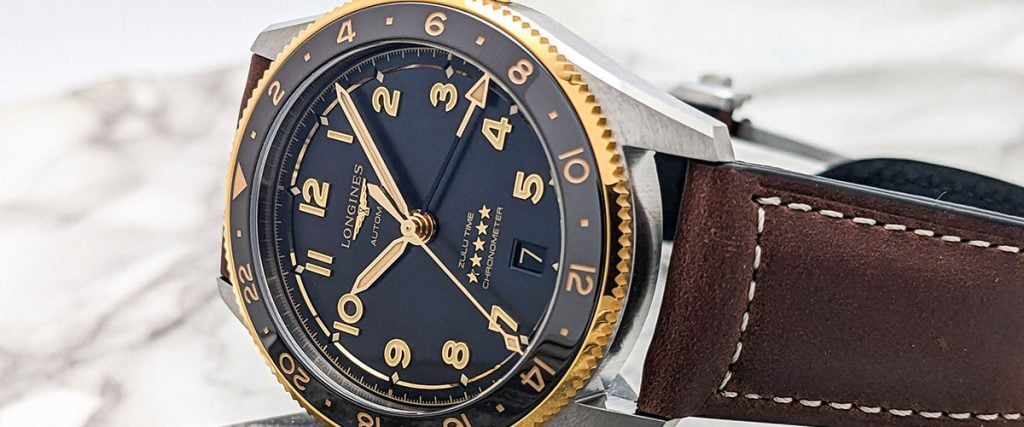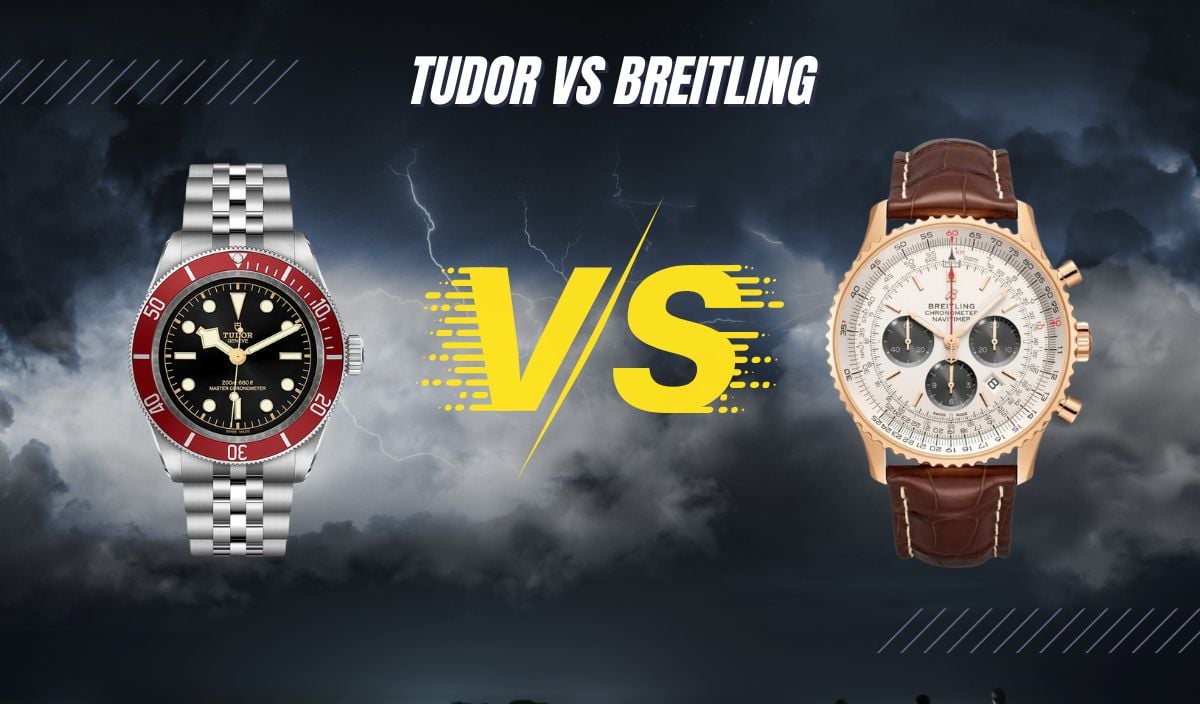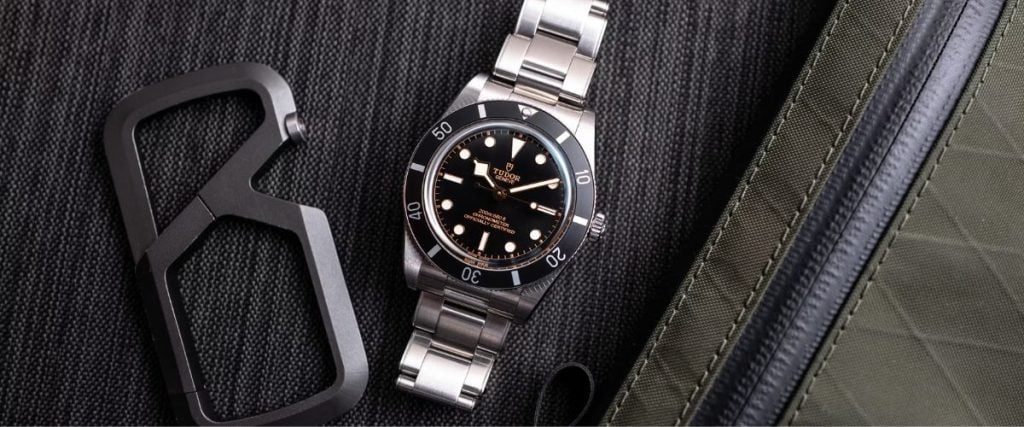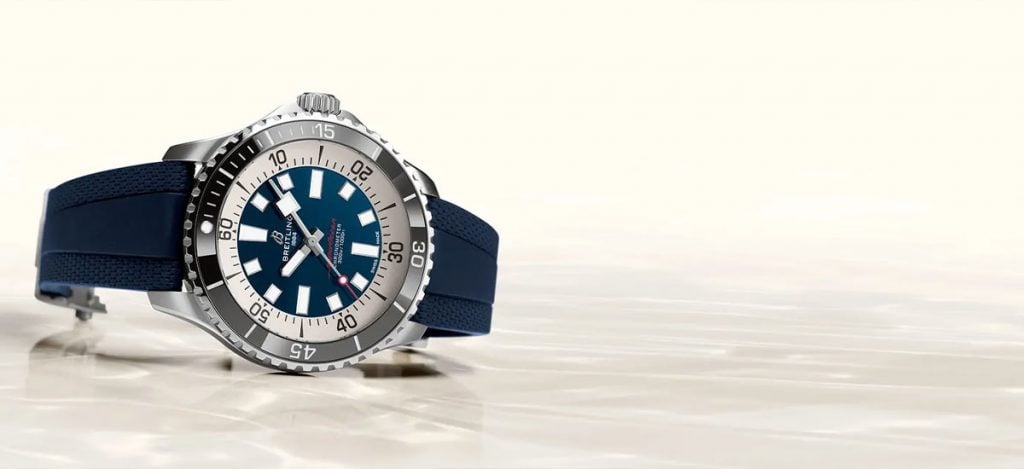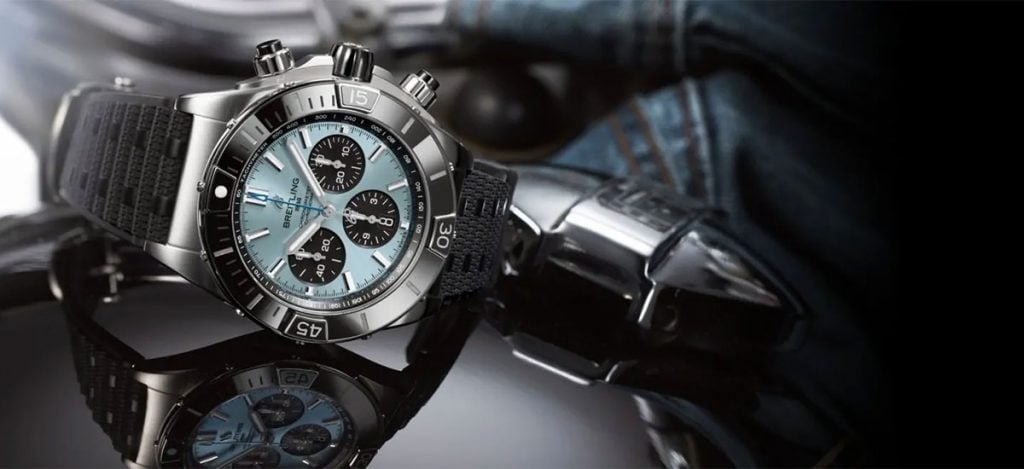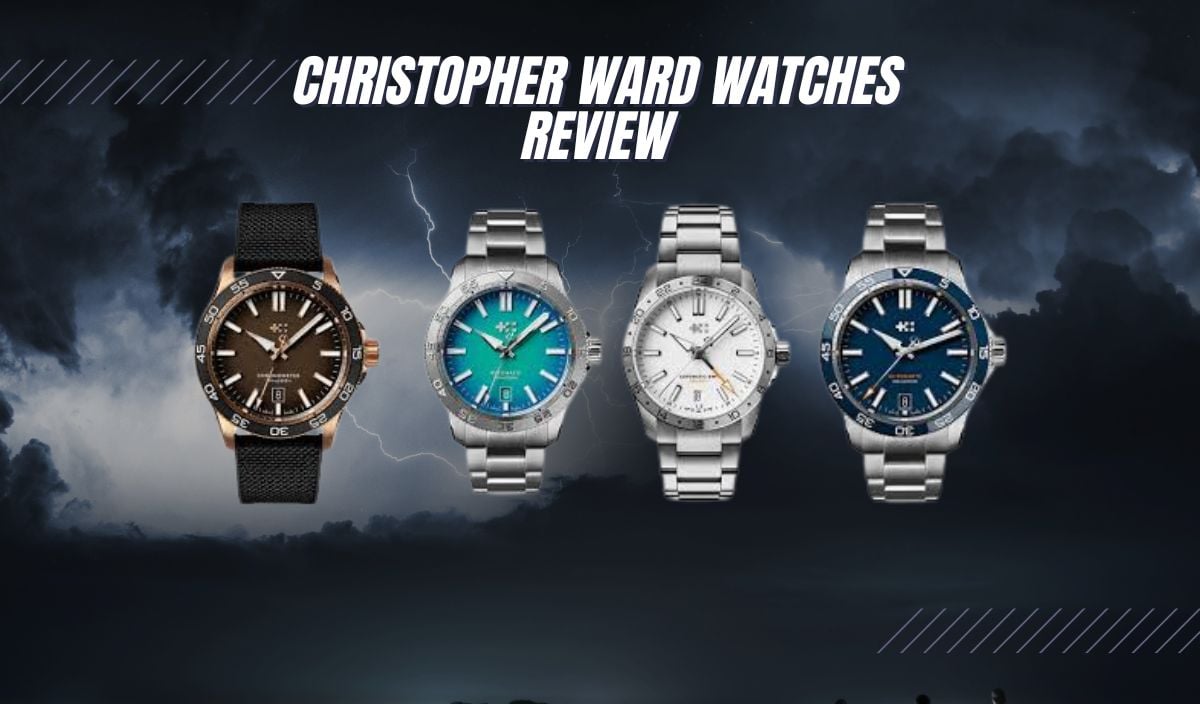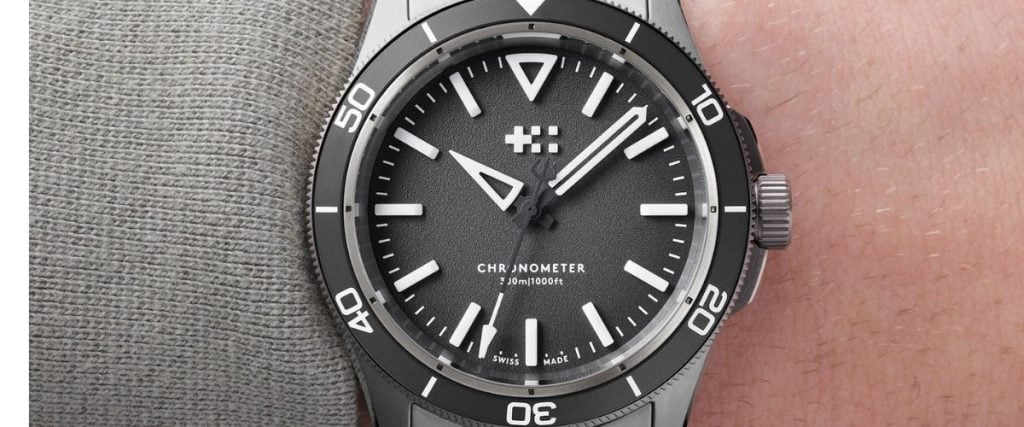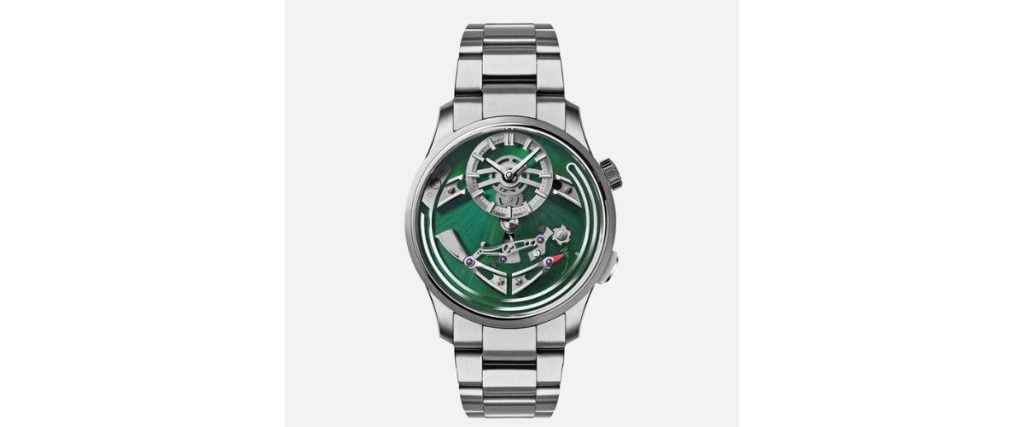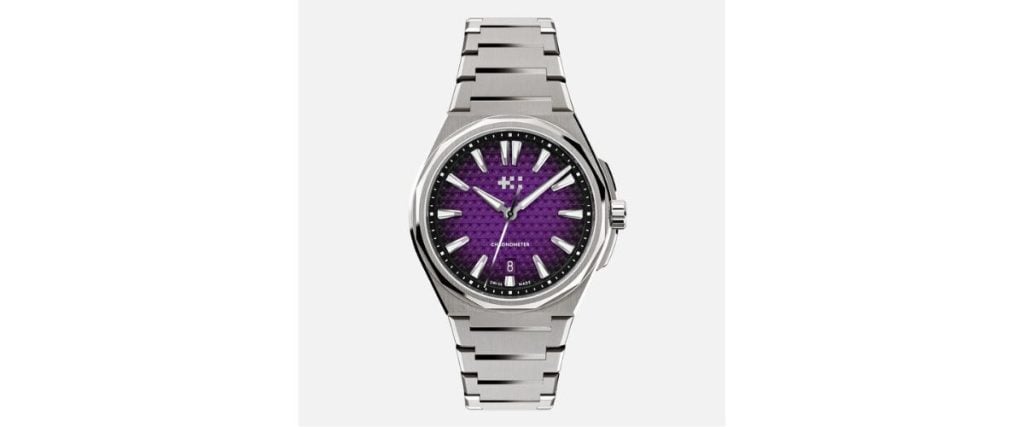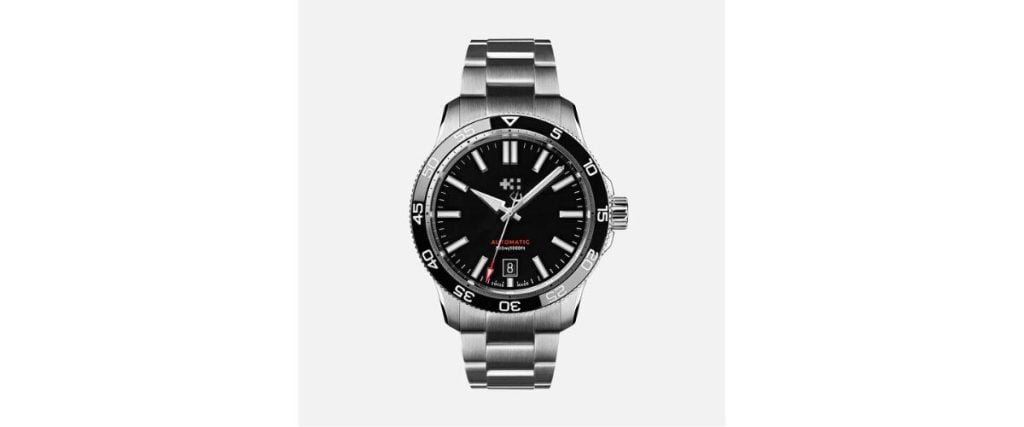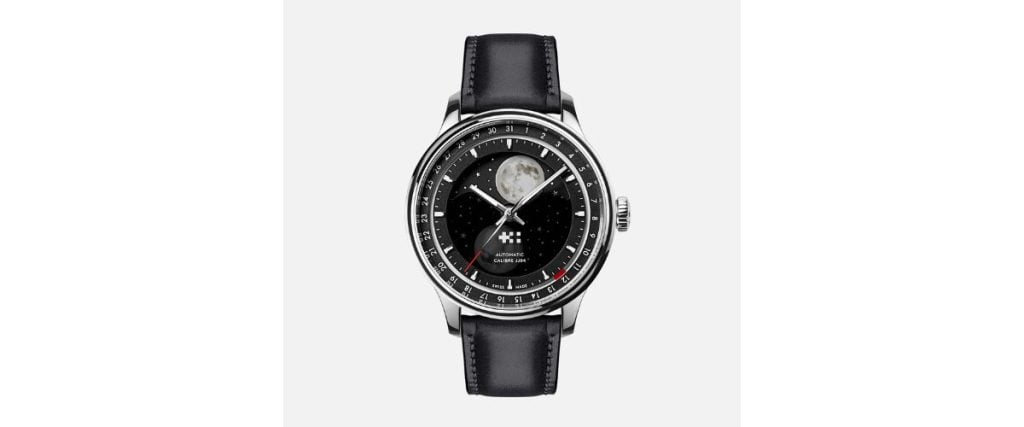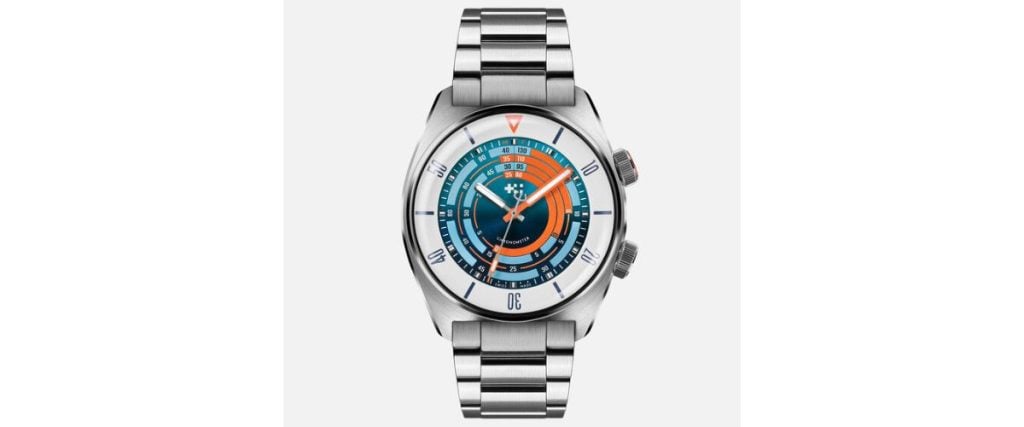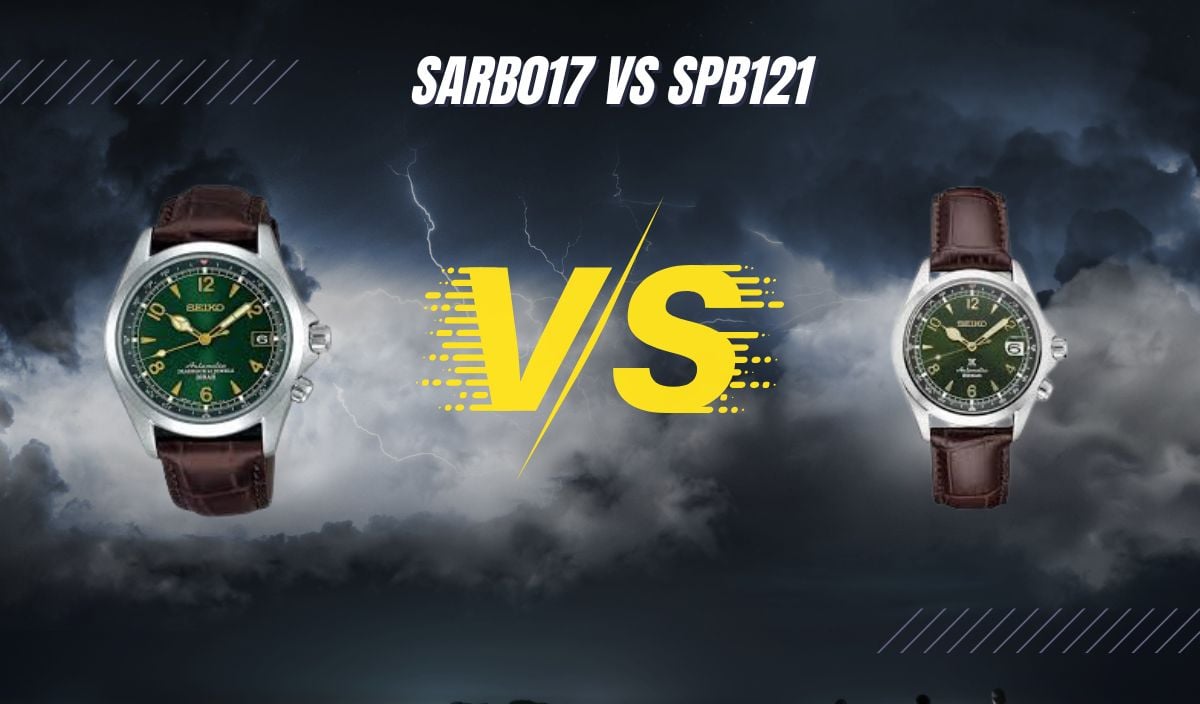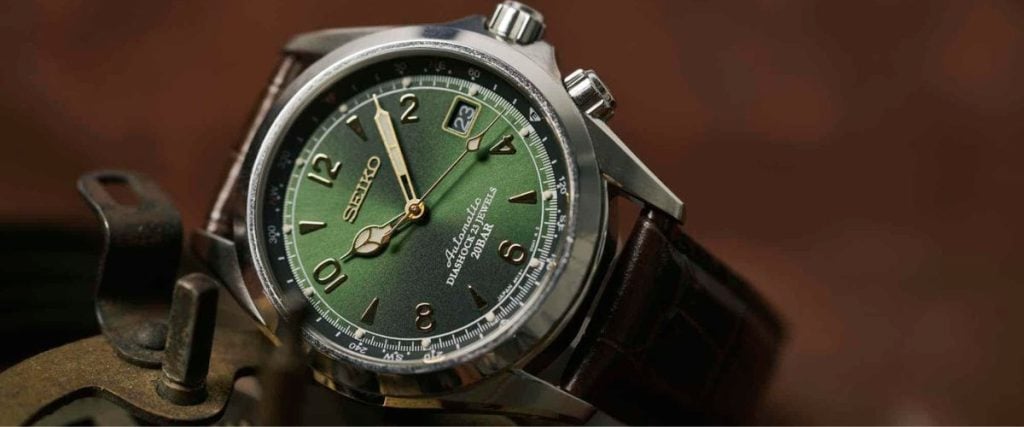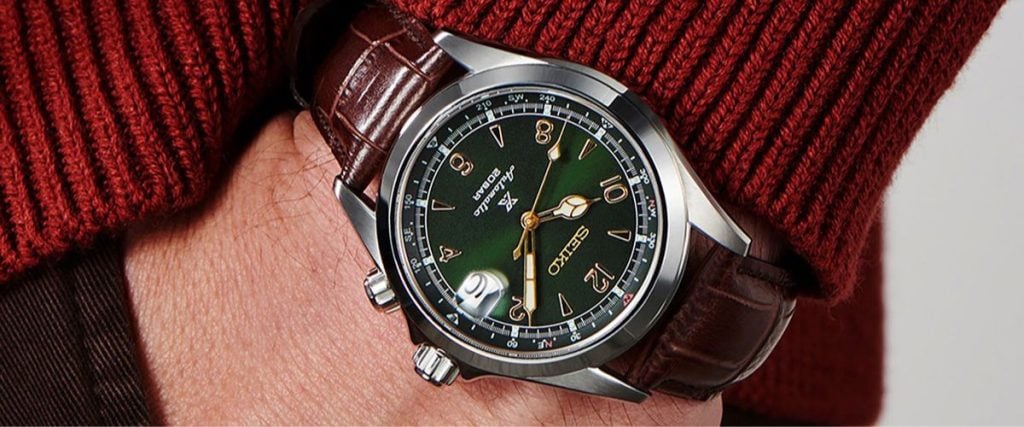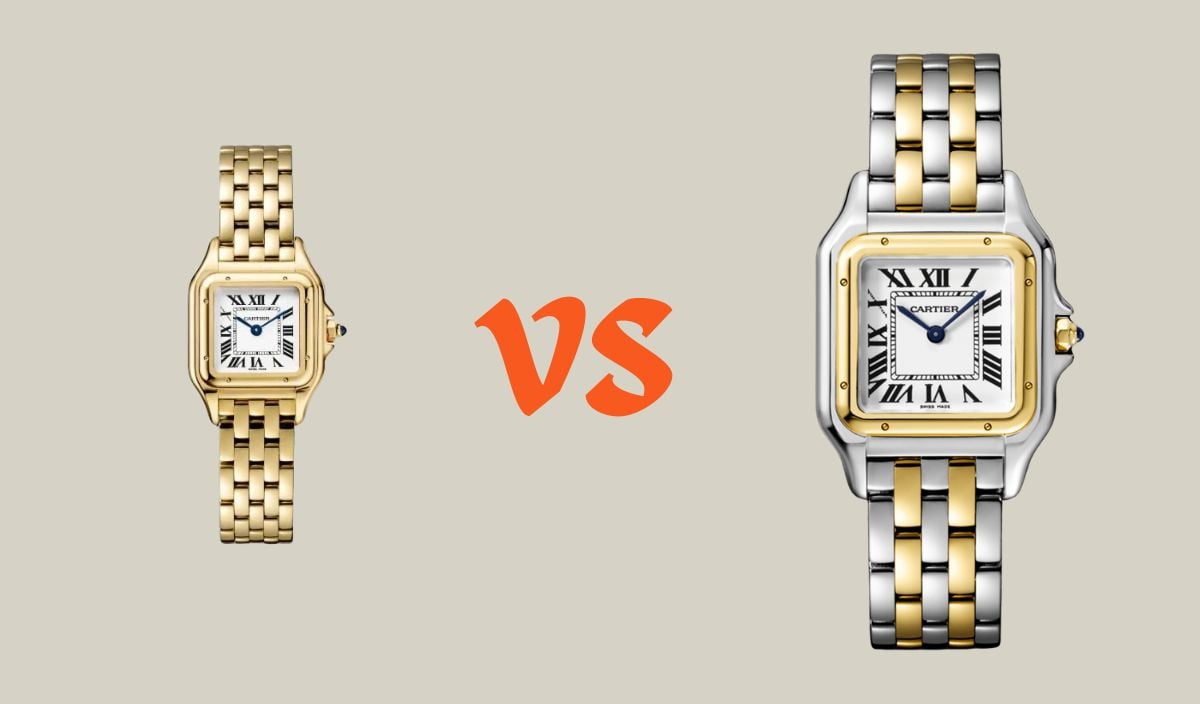
For a long time now, the Cartier Panthere has been widely considered more than just a timepiece but a little piece of luxury. It’s beloved by collectors, celebrities, and style enthusiasts, spotted on some of the world’s most famous wrists. For this reason, many will confidently argue it as one of those rare watches that deserves to forever live in the jewelry watches hall of fame.
From afar, it’s instantly recognisable for its sleek square-shaped case, feline-inspired design and air of prestige. There’s no denying that the Panthere embodies everything Cartier stands for. But if you’re thinking about adding one to your collection, there’s one decision you’ll need to make first and that’s picking a size.
You might think size is just about fit, but trust me, it goes way beyond that. The size can completely change how the watch looks and feels on your wrist, and to make things even more interesting, certain styles and finishes of the Cartier Panthere are exclusive to specific sizes. That means your choice isn’t just about preference; it can shape the entire buying experience.
In this guide, we’ll break down the differences between the Cartier Panthere Small and Cartier Panthere Medium, so you can choose the one that fits your style and wrist.
The Cartier Panthere Collection
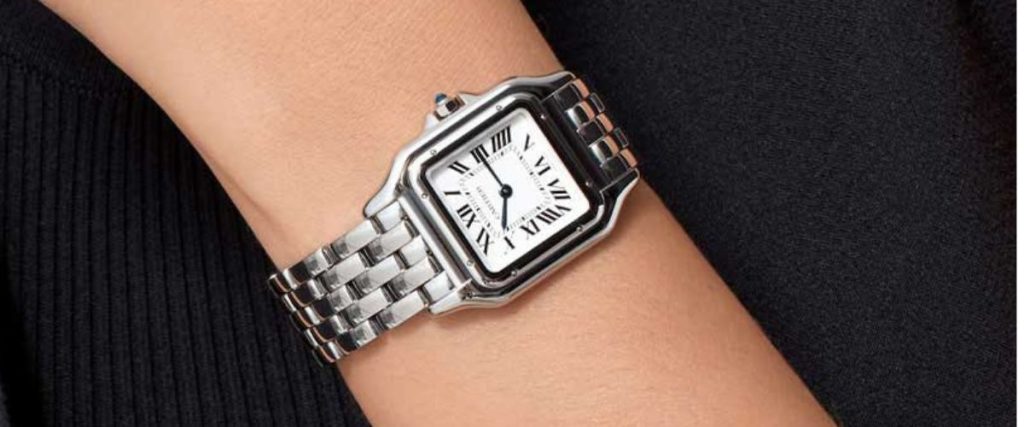
Cartier has no shortage of exceptional luxury watches. Many of you will likely be familiar with the Cartier Tank, a watch shaped like the tracks of a military tank, embodying timeless elegance and clean, geometric lines.
There’s also the famous Santos de Cartier, which holds the distinction of being one of the first wristwatches ever created, originally designed for aviator Alberto Santos-Dumont to provide practicality and sophistication in flight.
Joining these iconic collections is the Cartier Panthere collection, a line that exudes femininity and glamour, characterized by its sleek, jewelry-like design and a bracelet that flows as smoothly as liquid metal.
With its origins in the glamorous 1980s and a celebrated revival in 2017, the Cartier Panthere collection has solidified its place as one of Cartier’s most enduring and iconic designs. From its unmistakable bracelet to its feline-inspired elegance, it’s a watch with a brilliant history and an equally brilliant range of variations in today’s line-up to choose from.
A Quick History of the Cartier Panthere
The history of the Cartier Panthere interestingly doesn’t start with the release of the watch. In fact, it began way before in 1914 when Louis Cartier commissioned artist George Barbier to create a piece called “Lady with a Panther” for a jewelry exhibition. That same year, the first ever panther motif appeared on a Cartier piece, a wristwatch adorned with onyx and diamonds in a panther-spotted pattern.
From that moment on, the panther became a legendary symbol of the fine jewelry brand. Jeanne Toussaint, Cartier’s creative director at the time, further cemented the panther’s legacy by launching the “La Panthere,” a feline-inspired jewellery collection which featured everything from panther-shaped rings to intricate brooches.
The Panthere de Cartier watch, however, took a subtler approach. Named for its fluid, graceful bracelet that mimics the animal’s movement, the Panthere watch was designed to embody the panther’s spirit in form rather than imagery.
When Cartier unveiled the Panthere watch in 1983, it was an instant hit. The design balanced sophistication and versatility, appealing to both men and women.
Available in various sizes, from the petite Mini to the bold Jumbo, the Cartier Panthere offered something for everyone. Its square case, reminiscent of Cartier’s earlier Santos design, was softened with rounded edges and paired with a five-link bracelet that gave it an undeniable jewelry-like quality.
During the 1980s and 1990s, the Panthere became synonymous with luxury, gracing the wrists of celebrities like Madonna and Pierce Brosnan. Its quartz movement, cutting-edge at the time, kept the design sleek while ensuring practicality.
From all-gold versions to two-tone styles and diamond-set models, the Panthere was as much about individual expression as it was about timeless glamour.
Design Characteristics of the Cartier Panthere
- A Square Case and Bezel: With eight small rivets, the bezel’s symmetry adds a subtle edge to the otherwise fluid design.
- Roman Numerals and Blue Sword-Shaped Hands: The classic Cartier dial layout, with its secret signature hidden within the Roman numeral X, maintains tradition although there are several new dial variations that are now also available.
- The Five-Link Bracelet: This ultra-flexible, silky bracelet is the heart of the Panthere collection, transforming it into a piece that seamlessly straddles the line between watch and jewelry.
- Quartz Movement: The slim quartz mechanism keeps the watch lightweight and functional, allowing the bracelet to remain the centerpiece.
Cartier Panthere Medium vs Small – The Right Size for You

When it comes to the Cartier Panthere collection, there is a wealth of variety to explore. Cartier offers several sizes within this iconic collection, catering to different preferences and styles.
While the focus of this comparison is the Small and Medium models, it’s worth noting that the collection also includes a Mini (or Very Small) model and a Large model, each with unique characteristics.
The Cartier Panthere Mini is the most petite of the collection, measuring to just 25 mm by 20 mm with a thickness of 6 mm.
This model currently comes in a single, highly luxurious variation inclusive of a quartz movement and a breathtaking rhodium-finished white gold case covered entirely in brilliant-cut diamonds.
Its crown is also adorned with a brilliant-cut diamond, and the silvered dial features blued-steel sword-shaped hands under sapphire crystal. This Mini model is truly a jewelry piece as much as it is a watch, offering an unmatched elegance in its diminutive size.
On the other end of the spectrum is the Cartier Panthere Large, available in three variations: full stainless steel, two-tone stainless steel and 18kt gold, and full 18kt gold. The Large model measures 31 mm by 42 mm, with a thickness of 6.71 mm. It provides a bold statement on the wrist while retaining the refined sophistication Cartier is known for.
Between these extremes, the Small and Medium Panthere models stand out for their versatility and broader range of options. Here’s all you need to know about these two popular sizes.
The Cartier Panthere Small
The Small model measures 30.3 mm by 22 mm, with a thickness of 6.3 mm. It strikes a perfect balance between the delicacy of the Mini and the presence of the Medium or Large models. The Small Panthere offers more options compared to the Mini and Large collections, making it a favourite among those looking for variety.
Currently, there are six references in the Small size. These include two two-toned gold and steel variations with silvered dials decorated with black Roman numerals and the traditional blued-steel hands. Additionally, there are four stunning solid gold models.
These gold variants can be ordered with a black lacquer dial, a golden grained dial, a rose gold-colored grained dial and a special brown dial. The latter is particularly beautiful, utilizing graduated shades of gold and golden brown to form a diagonal pattern in the center.
The first three gold models feature diamond-set bezels and the iconic diamond-tipped crown. The fourth, with its brown dial, features a crown set with a blue sapphire and a simple, unadorned bezel.
This latter option is particularly unique within the Panthere collection, offering a more understated elegance and a distinctive look. As one of my personal favourites, it’s a reference that could easily sway a decision for those torn between sizes.
The Cartier Panthere Medium
The Medium Panthere comes in a little larger at 27 mm by 37 mm with a thickness of 6 mm, making it more prominent and a little more of a statement piece than the Small model. It also offers the most extensive range of variations within the entire Cartier Panthere collection, providing options to suit almost every taste.
Currently, the Cartier Panthere Medium comes in steel, two-toned gold, and full gold cases. These are complemented by a variety of dial and bezel combinations, including silvered dials with black Roman numerals and blued hands, black lacquer dials with gold hands, plain bezels and diamond-set bezels and diamond-set dials and non-diamond-set dials.
There’s also one model entirely encrusted with diamonds, featuring 415 brilliant-cut diamonds across the dial, bezel, crown, case, and bracelet to total a whopping 7.80 carats.
This impressive variety ensures that the Medium size can cater to those seeking subtle sophistication as well as full-on opulence.
Which Cartier Panthere Is Right for You?
When deciding between the Cartier Panthere Small and Panthere Medium models, several factors come into play, including wrist size, personal style, and intended use.
For those with petite wrists, the Cartier Panthere Small may be the ideal choice. Its dimensions ensure it sits comfortably on smaller wrists while maintaining a chic and elegant appearance.
The variety of designs, especially the solid gold options with unique dials, provide ample opportunities to find a model that matches your personality.
Those with larger wrists or those wanting something a little more versatile, the Cartier Panthere Medium will likely be the more tempting of the two. It offers a slightly larger presence that’s perfect for making a statement without feeling oversized.
Plus, it’s extensive range of variations allows you to choose a model that transitions seamlessly from day to night, whether you prefer understated steel or the glamour of diamonds.
For lovers of luxurious details, you can’t go wrong with either. Both sizes offer exquisite craftsmanship, but if you’re drawn to more unique dial designs, such as the diagonal gold-and-brown pattern in the Small model, that might tip the scales in its favor. Conversely, if you’re looking for sheer extravagance, the fully diamond-encrusted Medium model is unparalleled.
Conclusion
Ultimately, the choice between the Cartier Panthere Small and Panthere Medium comes down to personal preference and lifestyle. If you have a petite wrist or prefer a watch that feels daintier, the Small model’s refined elegance and unique dial designs, such as the stunning diagonal gold-and-brown configuration, make it an excellent choice. Its slightly smaller presence exudes sophistication without overwhelming the wrist, making it perfect for those seeking understated glamour.
On the other hand, the Medium size offers unmatched versatility and variety compared to the other sizes, with options ranging from sleek steel designs to dazzling diamond-encrusted models.
If you’re after a watch that can transition effortlessly from casual chic to full-on evening luxury, the Medium size is hard to beat. Its larger case also makes a stronger style statement, ideal for those who love a bolder accessory or just have slightly larger wrists.
No matter which size you decide on, we have no doubt you’ll love the Cartier Panthere. It’s a masterpiece of design and craftsmanship and one of those rare watches that continually turns heads.
From the fluid bracelet to the exquisite dial options, every detail has been thoughtfully designed to catch the eye and spark admiration. So which Cartier Panthere will you choose?


